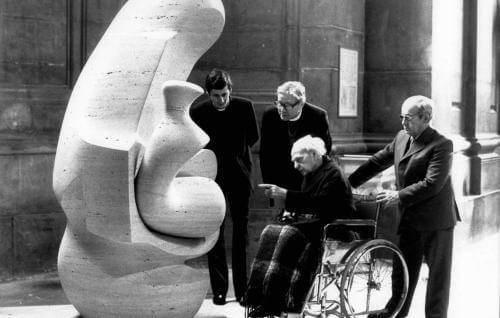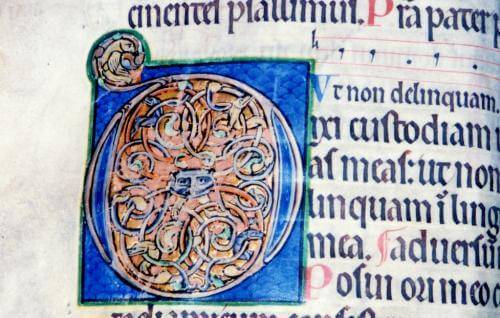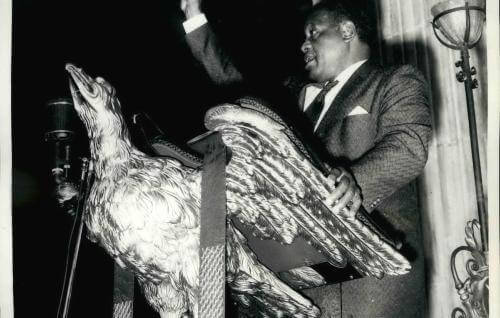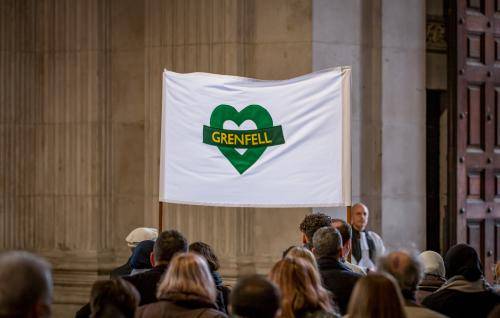Our monuments
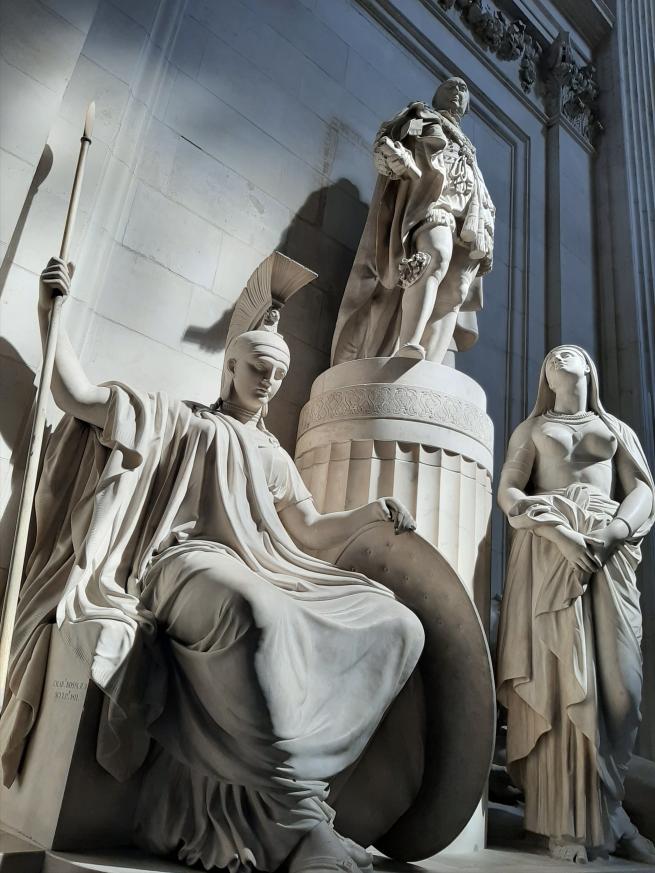
Monument to Charles Marquis Cornwallis (1738-1805), by J.C.F. Rossi, 1811 (Ref. No. 2490).
The monuments
In churches and cathedrals, a ‘monument’ is a memorial to a person who has died. Our Cathedral houses over 500 monuments – from dramatic marble statues and imposing tombs to smaller carvings and statues.
New monuments for a new Cathedral
When you first enter St Paul’s Cathedral, it can feel as though the monuments have always been here. In fact, when the new St Paul’s Cathedral was built by Christopher Wren after the Great Fire of London, the design did not allow for monuments, and it was nearly 100 years after the building was finished that the first memorials arrived.
Before the Great Fire of London in 1666, Old St Paul’s was the burial place of many soldiers, diplomats, royalty and courtiers, as well as Bishops, Deans and Mayors of London. The only remaining complete monument from before the fire is the statue of John Donne, poet, writer, cleric and former Dean, which can be found in the Dean’s Aisle.
The first three monuments to be added to the Cathedral floor were for the prison reformer and philanthropist John Howard, the writer Samuel Johnson, and the artist Joshua Reynolds. Following these additions, Parliament became involved in the decision making process about who would be commemorated, and 33 state-sponsored monuments followed.
The introduction of monuments into St Paul’s coincided with a period when the British Empire expanded dramatically, and those chosen to be remembered represented the values and attitudes of that time.
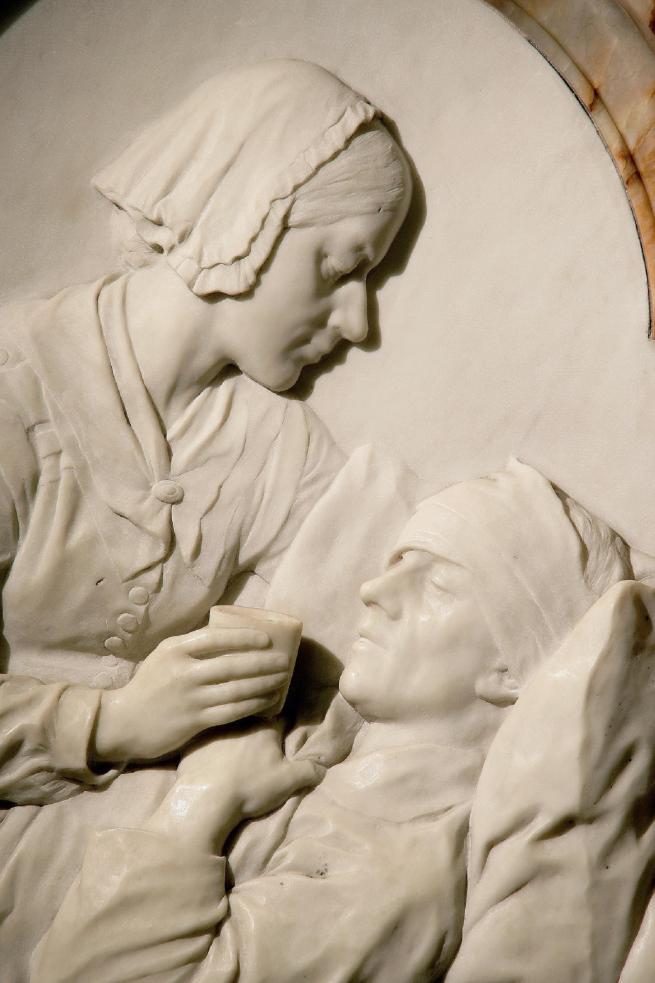
Monument to Florence Nightingale (1820-1910), red and white marble and alabaster by G. A. Walker, 1916.
The monuments today
Today, thousands of people visit St Paul’s Cathedral each week to worship at our services, explore our historic and beautiful building, and attend events throughout the year. For many of them, the monuments they see all around the Cathedral could feel like they represent a bygone era and have little to do with life in the 21st century.
Over the past few years, we have been spending time getting to know more about the monuments and inviting different people to respond to them in different ways:
- One of the most important pieces of work has been the Pantheons Project. Led by a team of scholars from the University of York’s Art History department, this project has produced an in-depth catalogue of 300 of our monuments, dating from the period between the late 1790s and the early 1900s.
- Part of the wider Pantheons Project has been 50 monuments in 50 voices, which showcases thought-provoking, individual responses to 50 unique Cathedral monuments from artists, writers, musicians, theologians, academics and more.
- The St Paul’s Chelsea project, hosted by the arts chaplaincy from the University of the Arts London (UAL) invited a range of art students to study and respond to the monuments in whatever way they chose.
- Our Learning team have written a module called History set in stone: Church, power and empire, which allows students to discover how monuments at St Paul’s can inform understanding of the British Empire, and its influence and impact on the wider world.
We have worked with Stepney Community Trust and individuals of South Asian heritage to co-research and co-curate Cathedral monuments related to the East India Company and with SV2G, an African and Caribbean arts and heritage organisation, to produce a trail related to the French Revolutionary Wars in the Caribbean.
The Cathedral’s monuments are an important and complex part of its history, so much so that our work to understand them, and make sense of them today, will never finish. Watch this space for more projects in the future.
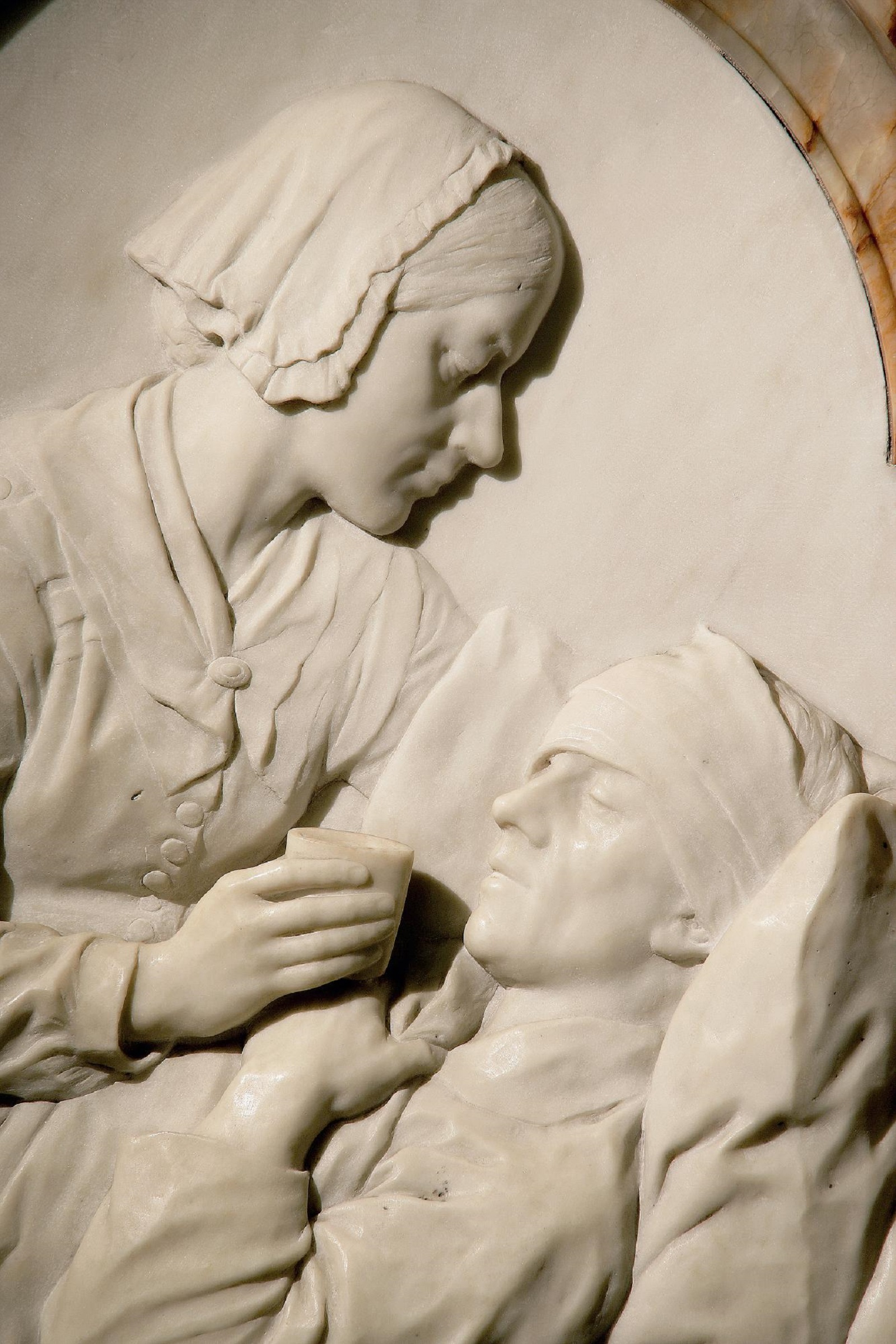
Book: Monuments of St Paul's Cathedral
St Paul's is home to some of the finest sculptures by the foremost artists of the 19th century. Among those represented on memorials around the Cathedral are gaiants of the arts, political and militart figures, and a range of other men and women of national importance, from Admiral Nelson to Florence Nightingale.
This book explore the individual histories of these monuments, which are an historical register of 19th century attitudes, giving them particular piquancy in the light of current conversations about national identity and values.





